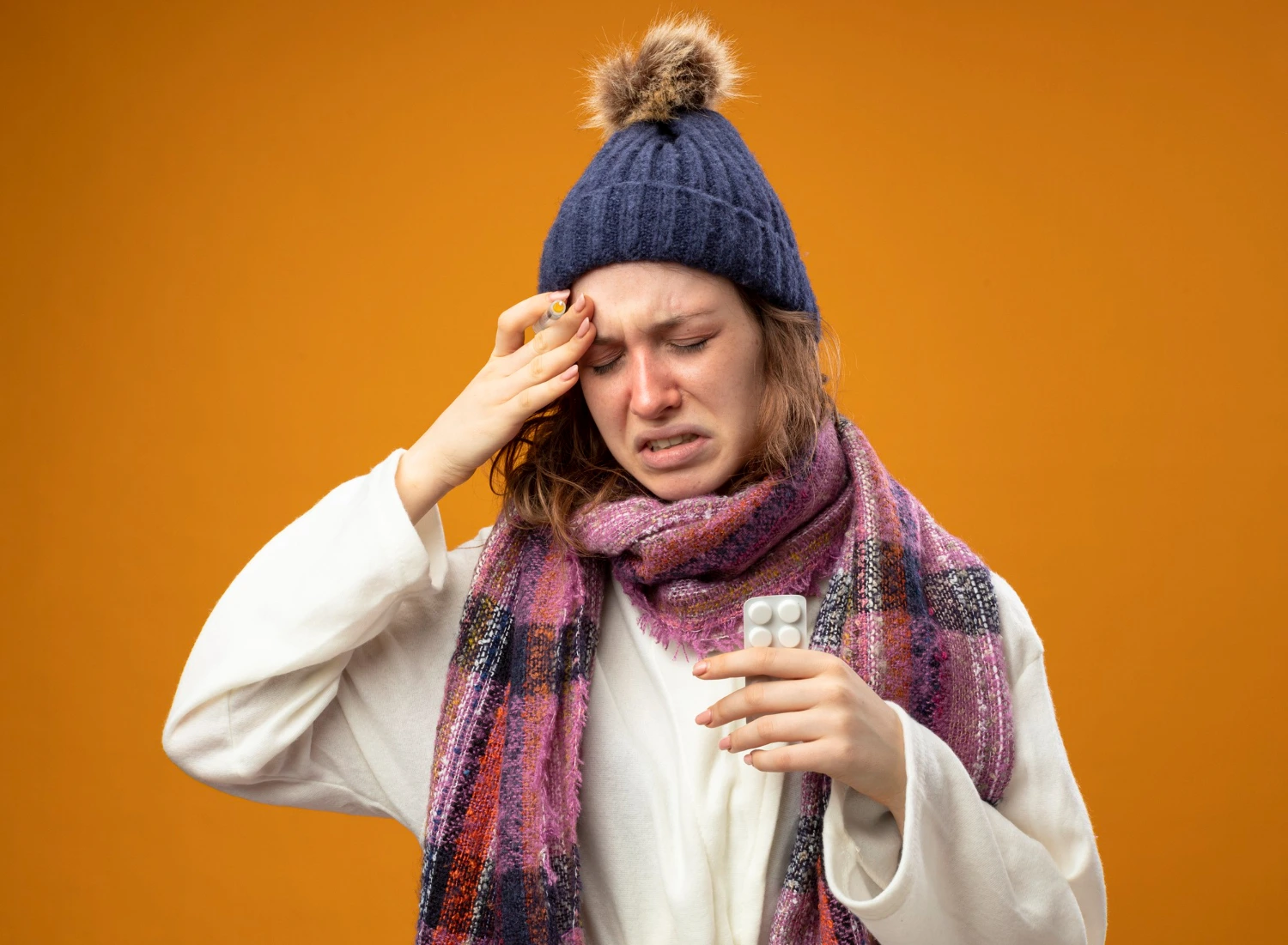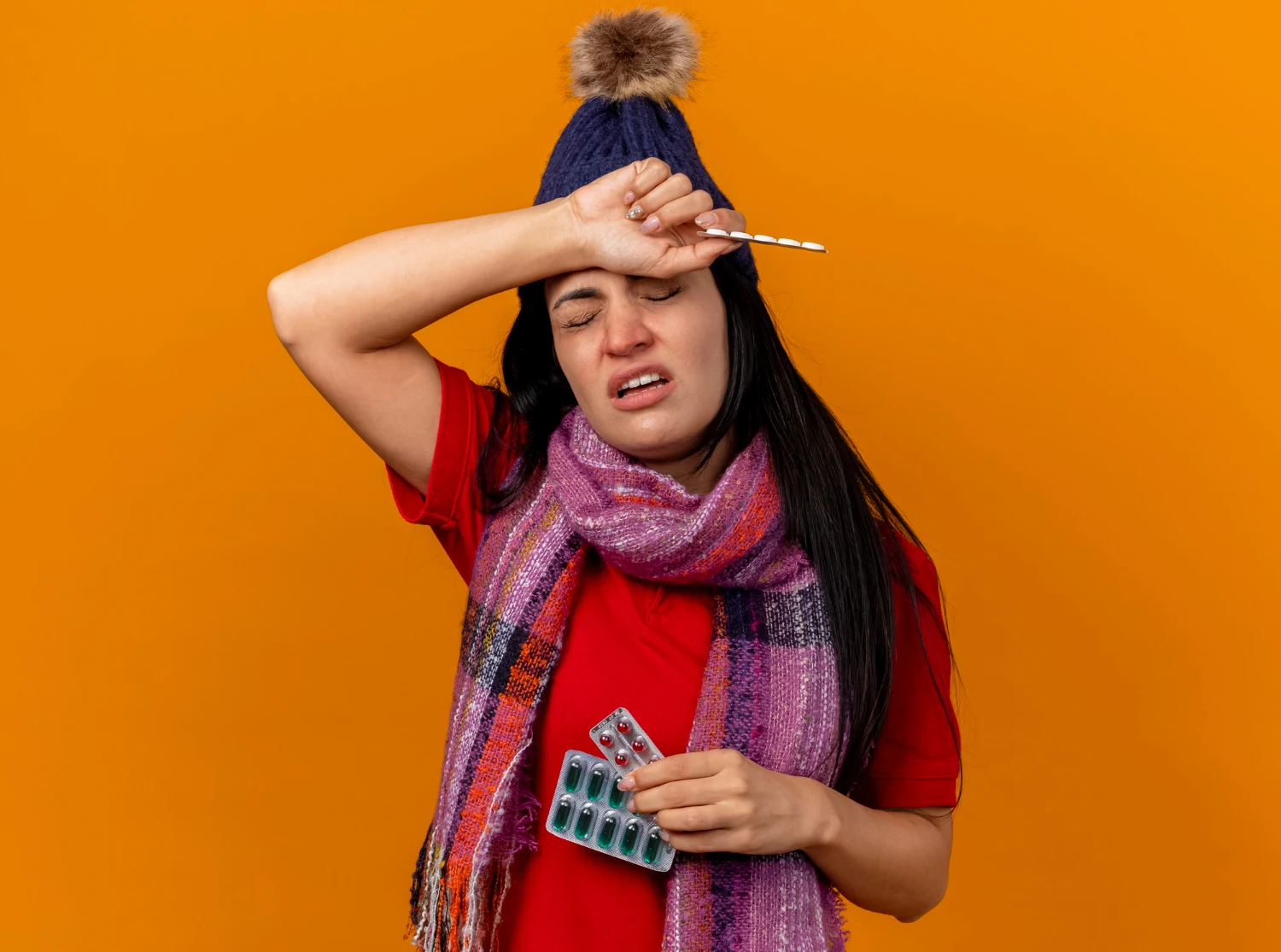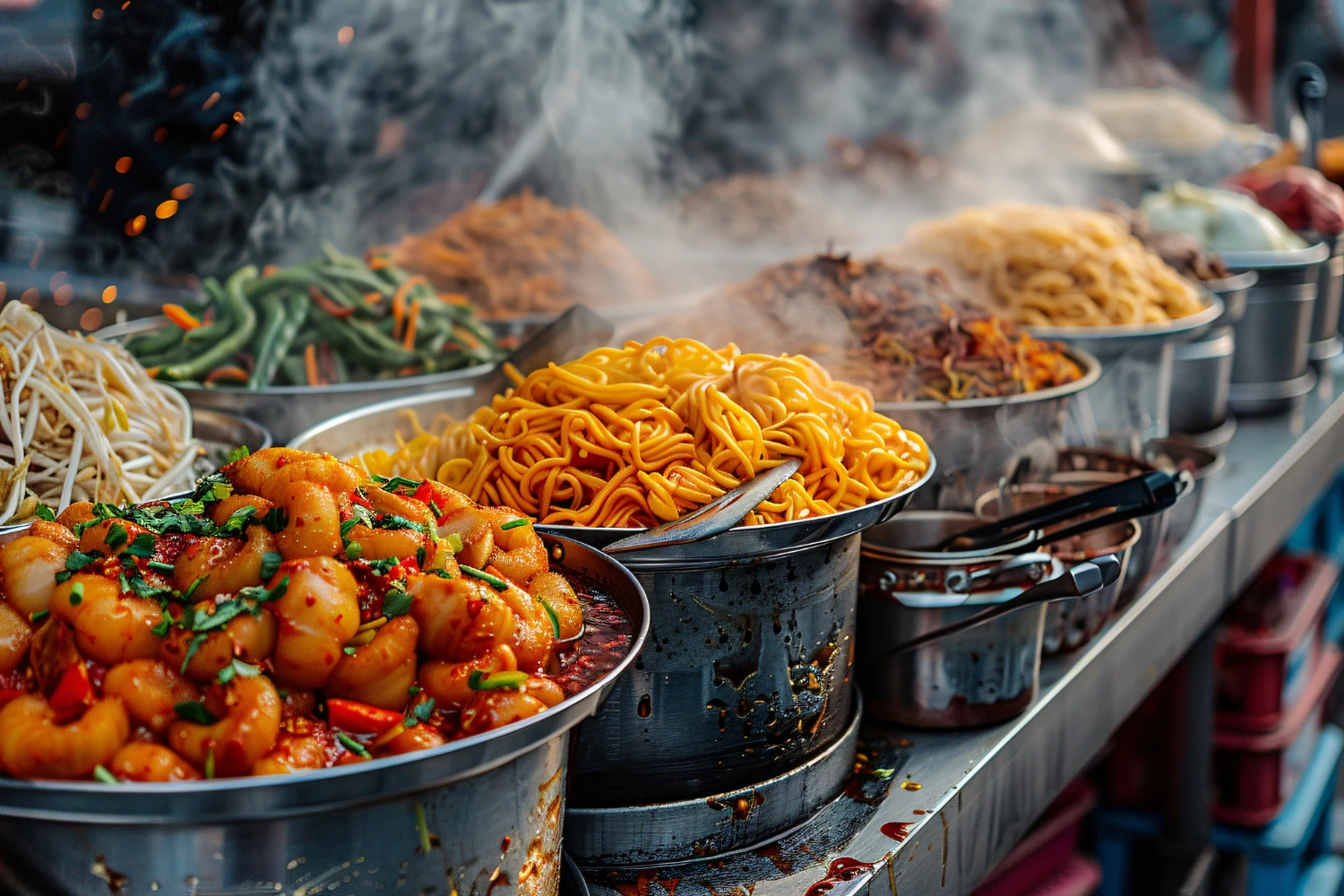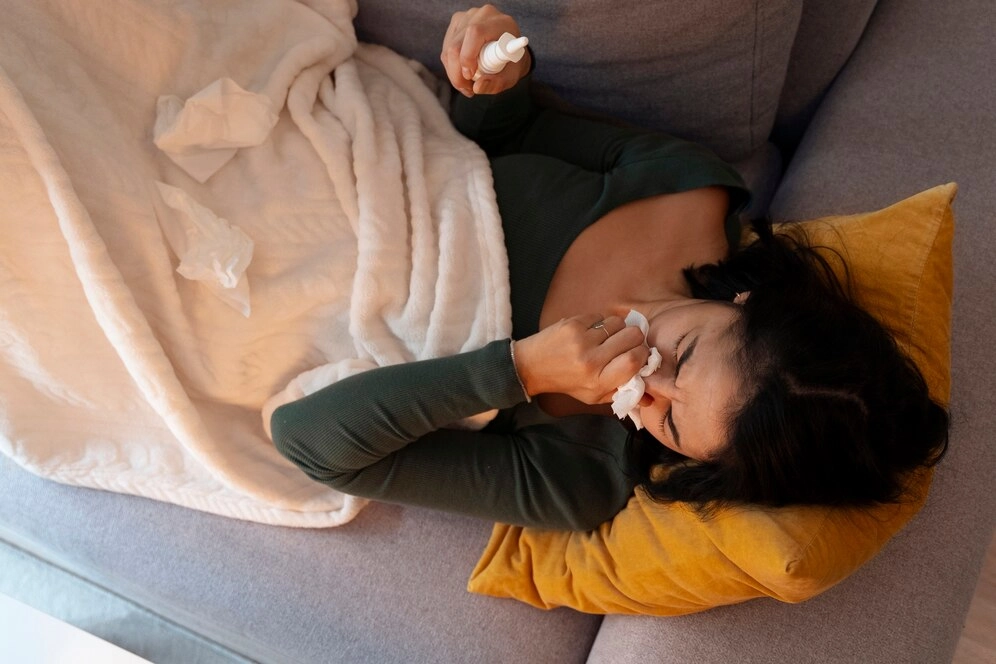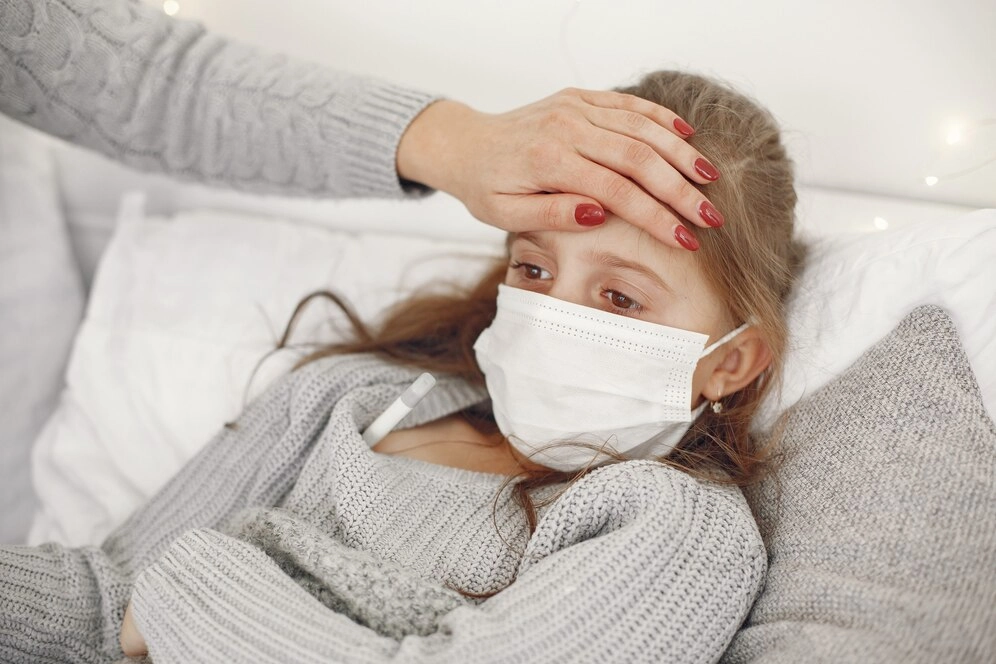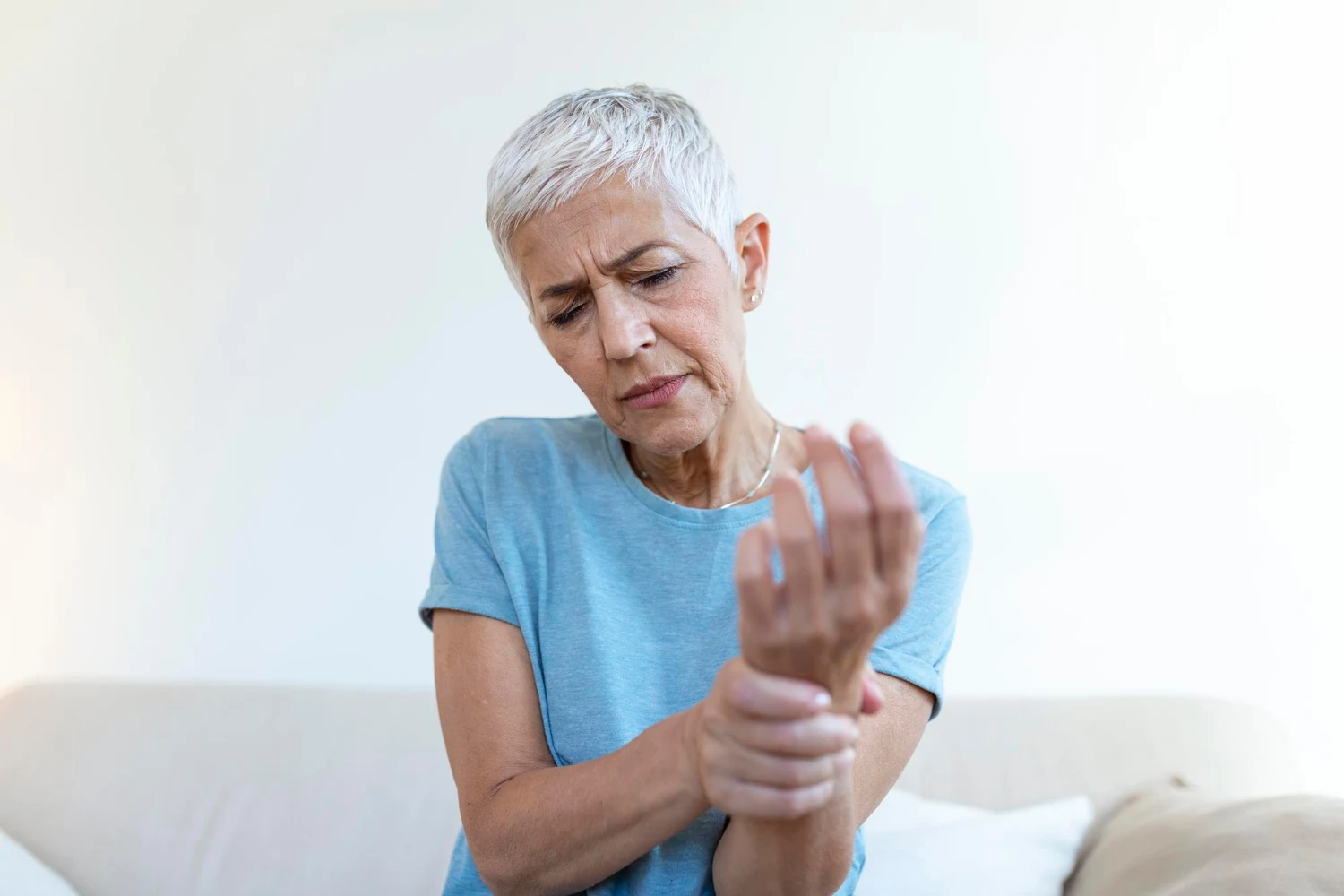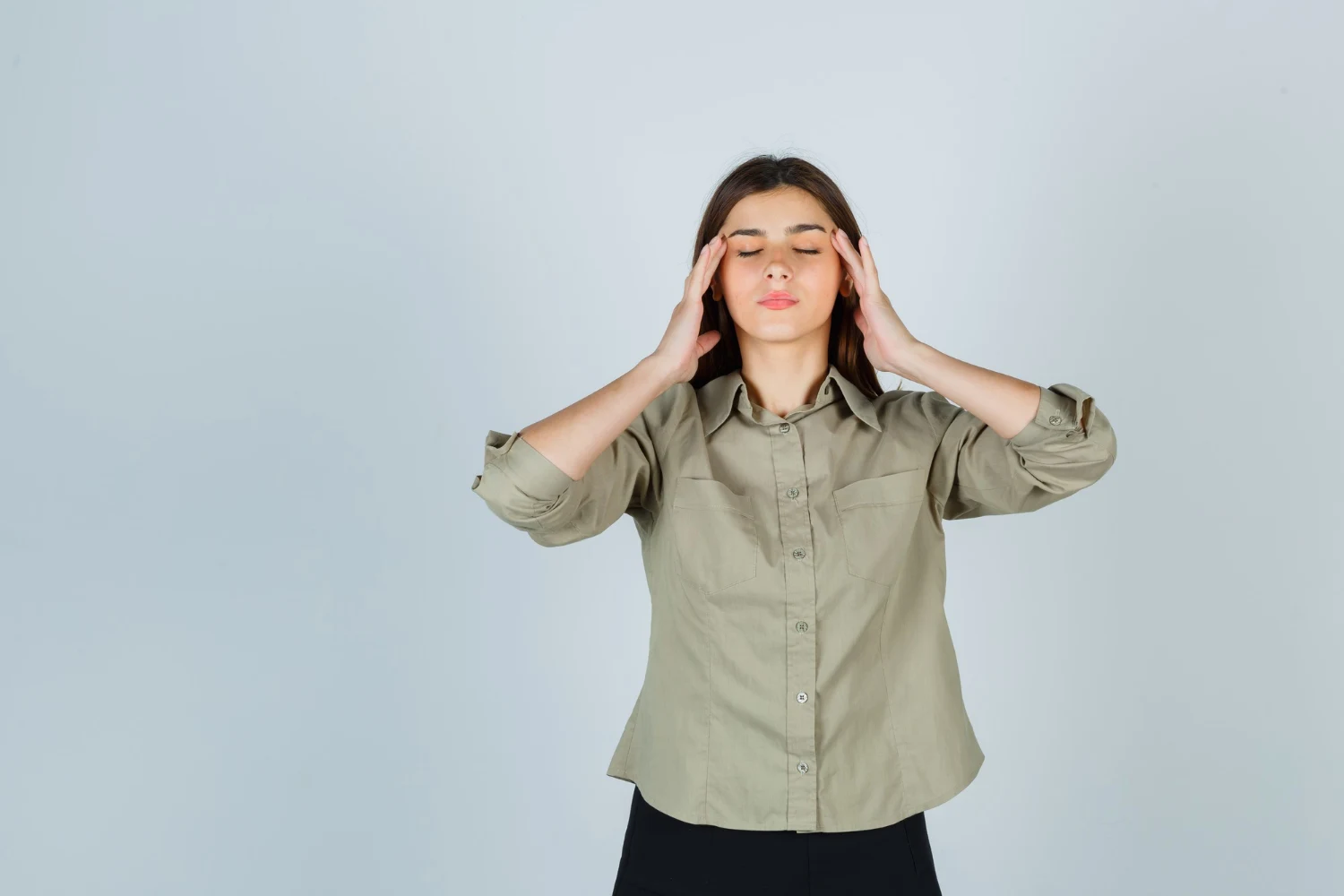What Are The 10 Common Monsoon Diseases?
Category: General medicine
The monsoon brings relief from the summer heat, but it also brings a rise in diseases. Increased humidity, stagnant water, and sudden temperature changes create the perfect environment for bacteria, viruses, and mosquitoes to thrive. Understanding the common monsoon illnesses can help you stay healthy during this season. Let’s look at the 10 most common monsoon diseases in India, their symptoms, and basic prevention tips.
1. Dengue
Dengue is one of the most common mosquito-borne diseases during the monsoon. It is caused by the bite of the Aedes aegypti mosquito, which breeds in stagnant water. Symptoms include high fever, severe headache, joint and muscle pain, rashes, and weakness. Severe cases can lead to bleeding and low platelet count. Prevention involves avoiding mosquito bites, using mosquito repellents, wearing long sleeves, and keeping surroundings free from water collection. Early diagnosis and medical attention are important to avoid complications.
2. Malaria
Malaria spreads through the bite of the female Anopheles mosquito. The monsoon season creates a favorable breeding environment for mosquitoes, increasing the risk of malaria. Symptoms include recurring fever with chills, sweating, headaches, and body pain. In severe cases, it can affect the liver and kidneys. Prevention includes sleeping under mosquito nets, using repellents, and preventing water stagnation around your home. Prompt treatment can help avoid serious health issues.
3. Chikungunya
Chikungunya is another mosquito-borne disease common in the rainy season. It is spread by the Aedes aegypti mosquito. The main symptoms are sudden high fever, severe joint pain, swelling, rashes, and fatigue. Although it is rarely fatal, the joint pain can last for weeks or even months. Prevention is similar to dengue and malaria: avoid mosquito bites, wear protective clothing, and keep the environment clean and dry. Medical treatment can help reduce symptoms and speed up recovery.
4. Leptospirosis
Leptospirosis, also known as Weil’s disease, is caused by bacteria present in the urine of infected animals, especially rats. During monsoon, contaminated water often mixes with floodwater, increasing the risk of infection. Symptoms include high fever, chills, muscle pain, headache, red eyes, and vomiting. Severe cases may lead to kidney or liver problems. Avoid walking in flooded areas, wear protective footwear, and seek medical help immediately if symptoms appear.
5. Typhoid
Typhoid is a waterborne disease caused by consuming food or water contaminated with Salmonella typhi bacteria. It is very common during the monsoon due to poor hygiene and unsafe drinking water. Symptoms include prolonged fever, abdominal pain, headache, loss of appetite, weakness, and sometimes rashes. Prevention involves drinking boiled or filtered water, eating fresh and properly cooked food, and maintaining good personal hygiene. Medical treatment with antibiotics is necessary for recovery.
6. Cholera
Cholera is another waterborne disease that spreads due to contaminated food and water. It is more common in areas with poor sanitation. Symptoms include watery diarrhea, vomiting, dehydration, and muscle cramps. Severe dehydration can be life-threatening if untreated. Prevention involves safe drinking water, proper sanitation, and good hygiene practices. Oral rehydration solutions (ORS) and immediate medical care are essential for managing the condition.
7. Viral Fever
Viral fever is a broad term for fevers caused by different viruses that spread during the monsoon. The symptoms include mild to high fever, body ache, sore throat, fatigue, and sometimes cough and cold. It usually lasts for 3–7 days. Plenty of rest, fluids, and fever-reducing medicines (only as prescribed by a doctor) can help in recovery. Preventive steps include maintaining hygiene, avoiding contact with infected people, and keeping immunity strong through a healthy diet.
8. Common Cold and Flu
The sudden change in weather and high humidity during monsoon makes people more prone to common cold and flu. These viral infections spread through droplets when an infected person coughs or sneezes. Symptoms include runny nose, sore throat, cough, body ache, and mild fever. While these conditions are generally mild, they can cause discomfort. Prevention includes regular handwashing, avoiding crowded places, staying warm, and eating nutritious food to boost immunity.
9. Gastroenteritis
Gastroenteritis, or stomach infection, is common in monsoon due to contaminated food and water. Symptoms include diarrhea, vomiting, stomach cramps, nausea, and sometimes fever. Poor hygiene, roadside food, and untreated water are major causes. Prevention includes drinking clean water, eating home-cooked meals, and washing hands before eating. Medical care is important if dehydration or severe symptoms occur.
10. Hepatitis A
Hepatitis A is a liver infection caused by consuming food or water contaminated with the virus. It spreads more easily in the monsoon due to poor sanitation. Symptoms include jaundice (yellowing of eyes and skin), fatigue, abdominal pain, nausea, vomiting, and dark urine. Prevention includes safe drinking water, proper sanitation, and vaccination. Early treatment can prevent liver damage and aid recovery.
Conclusion
The monsoon season can be enjoyable if you take the right precautions. Staying aware of common diseases and their prevention measures is the first step toward a healthy rainy season. If you experience any symptoms, consult a doctor immediately for timely treatment. At Lokmanya Hospitals, expert medical care and advanced facilities ensure the best treatment for all monsoon-related illnesses.
FAQs
- What are the most common monsoon diseases?
Dengue, malaria, chikungunya, leptospirosis, typhoid, cholera, viral fever, cold and flu, gastroenteritis, and hepatitis A are common.
- How can I prevent mosquito-borne diseases during monsoon?
Use mosquito nets, repellents, wear long sleeves, and remove stagnant water around your home.
- Is it safe to eat street food during monsoon?
It is better to avoid street food as it may be contaminated and cause stomach infections.
- When should I visit a doctor for monsoon fever?
If fever persists for more than two days, or if there are symptoms like severe pain, dehydration, or jaundice, visit a doctor immediately.
- Can I get vaccinated to prevent monsoon diseases?
Yes, vaccines are available for diseases like hepatitis A and typhoid.
- Why are waterborne diseases more common in monsoon?
Flooding and poor sanitation cause water contamination, which spreads diseases.
- Does monsoon affect immunity?
Yes, fluctuating weather and high humidity can lower immunity, making the body prone to infections.
- Which home remedies work for common cold in monsoon?
Warm water gargles, herbal teas, steam inhalation, and rest can help ease symptoms.

